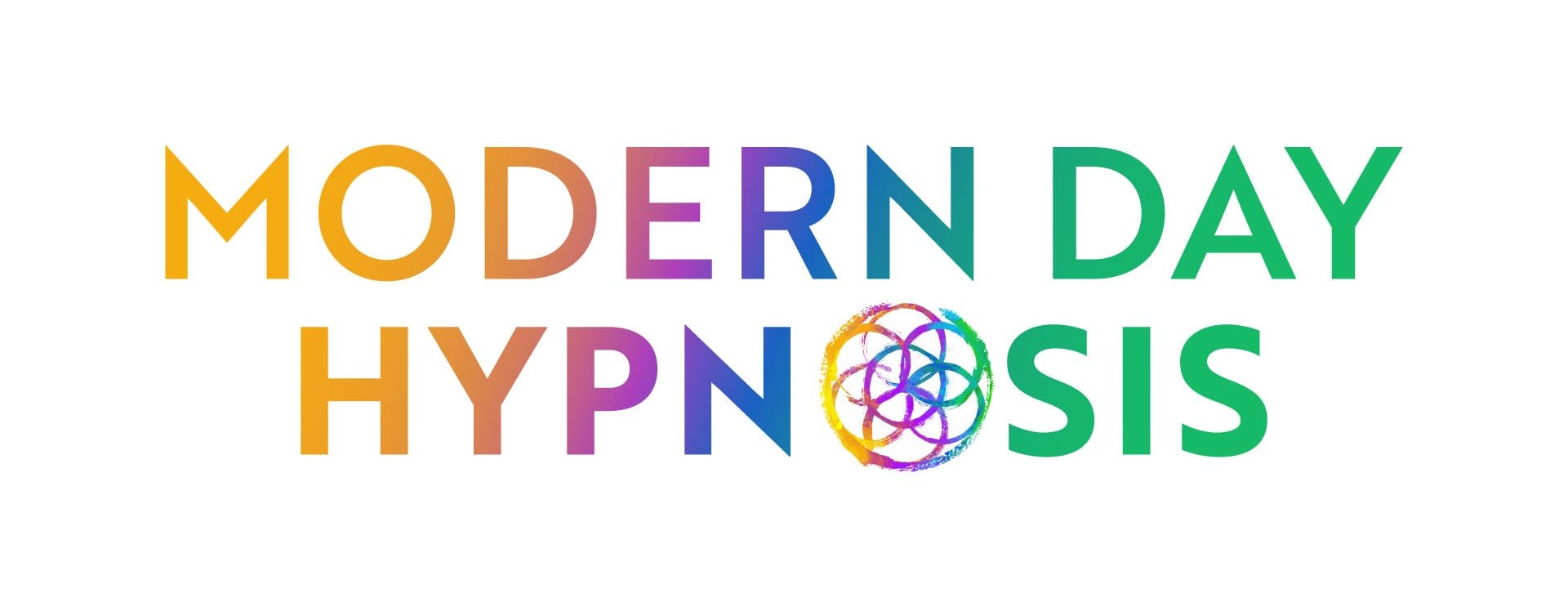Everything You Need to Know About the Eriksonian Approach to Hypnosis

For many, hypnosis can conjure up images of mysticism and stage performances. However, the reality is that hypnosis is a science-backed approach to accessing the subconscious to address both psychological and physical conditions. One of the most respected and widely-used approaches of hypnosis is the Eriksonian Approach, named after renowned American psychiatrist and hypnotherapist Milton H. Erickson.
Contrary to popular belief, the Eriksonian approach does not involve a trance, and it doesn’t require the use of scripts. Instead, this approach emphasizes a focus on the individual’s autonomy. It creates a dialogue tailored to the individual’s needs, using flexibility and adaptability. By enabling communication between practitioner and client, the Eriksonian approach builds trust and allows the client more control over the process.
This method is science-based, and evidence-based, and has proven to be an effective way to access the subconscious. In this blog post, we will dive deeper into the Eriksonian approach to hypnosis and explore its history, methods, and benefits.
What is Hypnosis?
Hypnosis is simply a relaxed, focused state which can be achieved intentionally for a therapeutic, or any other, purpose. Recent advances in neuroscience have enabled us to better understand what might be happening when someone enters a hypnotic state. Studies have shown that when people are hypnotized, certain areas of the brain become more active while others become less active. Scientifically, hypnosis has been studied and used in various fields and is effective in helping individuals with various conditions such as anxiety, pain management, and addiction.
We regularly make use of hypnosis in our daily lives without even being aware of it- like when we’re engrossed in a good book or lost in thought while driving. When we watch a captivating TV show or movie, we can become completely engrossed in the story, forgetting about our surroundings. This is a form of hypnosis, as while we are focused on the story our subconscious mind is absorbing messages being conveyed.
The Eriksonian Approach
Ericksonian hypnosis is a specific form of hypnotherapy that uses indirect suggestion, metaphor, and storytelling to alter behavior. This method was developed by Milton Erickson, who is considered to be the father of modern hypnosis. His work has influenced many forms of therapy, not just hypnotherapy.
The Eriksonian approach is particularly useful for people who may be resistant to traditional hypnosis or for those who struggle to visualize images during hypnosis. It is also a useful tool for people who want to improve their communication skills, as it emphasizes the use of metaphors and storytelling.
History of the Eriksonian Approach
Dr. Milton Erickson, who lived from 1901-1980, is known as the father of modern hypnosis. Erickson preferred to use metaphors, contradictions, symbols, and antidotes to influence behavior rather than direct orders. He adopted a form of brief therapy where a patient’s history is not the focal point of change. Erickson’s methods were unique and were quite different from traditional hypnosis.
The word “Hypnotism” was coined by a Scottish medical surgeon named James Braid. Braid’s definition of hypnotism was a state of extreme focus. This focus was supposed to enhance the subjects’ suggestibility. However, Erickson believed that trances happen every day to varying degrees, and that hypnotism was merely an extension of this natural state of relaxation.
The main goal of Eriksonian’s method was to help a patient accomplish their own goals that they had found difficult to accomplish themselves. Erickson believed that the unconscious mind holds the key to healing, and he worked to help his patients access this part of themselves.
Key Elements of Eriksonian Hypnosis
Indirect Suggestions
One of the defining characteristics of Ericksonian hypnosis is the use of indirect suggestions. Instead of giving direct commands to the client, the therapist will use subtle language and storytelling to suggest a certain behavior or outcome. This approach is particularly effective for those who may be skeptical or resistant to other forms of hypnosis.
Engaging the Unconscious mind
Another key element of the Eriksonian Approach is engaging the unconscious mind. This often started with a suggestion to remember a time when the client was experiencing something natural that might be interpreted as hypnotic. By tapping into these natural states of relaxation, the conscious mind becomes less active and the unconscious mind can become more engaged. Erickson believed that everyone experiences hypnotic states in their everyday life, whether it’s daydreaming or getting lost in a good book, and that by bringing these experiences to the forefront, clients can become more receptive to the therapeutic process.
Working with symptoms for change
Dr. Erickson’s method of addressing issues involved changing the symptoms to modify the issue. For example, if someone suffered from the excessive compulsion of making sure all doors are locked five times before going to sleep, Erickson would recommend increasing the number of times the person locks the door to ten times. Although this may seem contrary to the goal, the thought is that by making the activity more exhausting, it would decrease the compulsion’s appeal. Eventually, the amount of effort involved would be so draining that the person would be released from the need to lock the door repeatedly.
Methods Used in the Eriksonian Approach
Ericksonian hypnotherapy stands out as a unique approach to hypnosis, mainly due to the methods it utilizes, such as guided metaphors and reframing, which create a more client-centered approach.
Use of Metaphors and Stories
One important part of this approach is the use of metaphors and stories. Erickson recognized that people tend to understand and remember concepts better when they are presented in the form of stories. By incorporating stories and metaphors into the hypnosis session, the therapist plants the goal as achieved and experienced in the subconscious of the client with more immediate receptivity and embrace.
Handshake Induction Technique
Erickson’s handshake induction technique is a classic example of “pattern interruption.” Erickson would start the induction by shaking the patient’s hand firmly, establishing a sense of authority and control. However, as he loosened his grip, he would brush his fingers against specific parts of the patient’s hand, interrupting the pattern and subtly signaling to the patient to follow his lead.
The Ericksonian technique of handshake induction is a method of hypnosis that utilizes nonverbal communication and suggestion. It involves the hypnotist using a specific type of handshake to create a subtle sensory overload, which can lead to a shift in the person’s state of mind. To use the technique, the hypnotist starts by building rapport through conversation and offering a handshake, and the person relaxes and focuses their attention as they feel the hypnotist’s hand holding theirs. The handshake induction is a gentle and non-invasive way of creating trust between the client and the hypnotist.
Confusion Technique
Erickson was also famous for using confusion techniques to distract the patient’s conscious train of thought, allowing for direct communication with their subconscious mind. For instance, he would use vague language patterns, complex topics, confusing words, metaphors, and jokes to break the patient’s logical flow and direct their focus toward his voice and suggestions.
Overall, the methods used in the Eriksonian approach are aimed at helping the patient bypass their conscious mind’s barriers to accessing the subconscious, which is more open to suggestion. By using storytelling, pattern interruption, and confusion techniques, the therapist can achieve profound results while keeping the patient in control and aware of their surroundings.
Benefits of the Eriksonian Approach
The Eriksonian approach to hypnosis offers numerous benefits to those seeking therapy. This approach focuses on creating a comfortable, safe environment where the client is in control and can feel empowered. Here are some of the benefits that the Eriksonian approach can provide:
- Tailored to individual needs: The Eriksonian approach to hypnosis is individualized to meet the unique needs and preferences of each client. This means that the therapist can adapt their methods and techniques to create a customized experience for each person.
- Increased comfort: By creating a relaxed, comfortable environment, clients are more likely to feel at ease and open up about their experiences. This helps to build trust between the therapist and the client, which is beneficial for a successful therapeutic relationship.
- Empowerment: In the Eriksonian approach, the client is in control of the hypnosis experience. This means that the client can take an active role in their healing and development. This empowerment can help clients better understand themselves and their patterns, leading to improved self-awareness and self-esteem.
- Reduce stress and anxiety – The Ericksonian technique is highly effective in reducing stress and anxiety levels. By inducing a deep state of relaxation, patients can release tension and find relief from anxiety-related symptoms such as nervousness, panic attacks, and excessive worry.
- Pain relief – The Ericksonian technique can also be used to manage pain. By inducing a deep state of relaxation, patients can reduce their sensitivity to pain and increase their pain threshold. This makes it an effective treatment option for chronic pain sufferers.
Overall, the Eriksonian approach to hypnosis offers a safe, effective, and individualized approach to change-work.It can help individuals overcome obstacles and achieve greater well-being in their lives, like a form of therapy.
The Eriksonian approach to hypnosis is a science-based and effective method of hypnosis that can help individuals overcome a variety of issues, from anxiety and phobias to addiction and chronic pain, but also achieve many great goals they had previously thought impossible, improbable, or had unforeseen resistance and struggle with.
If you are interested in learning more about the benefits of hypnosis, we invite you to book an appointment with us and find out how we can help you achieve your goals.
- About the Author
IACT Trainer:
The International Association of Counselors and TherapistsDEHI Trainer:
The Dave Elman Hypnosis InstituteNGH Hypnotist:
The National Guild of HypnotistsIACT Hypnotist:
The International Association of Counselors and TherapistsIMDHA Hypnotist:
The International Medical and Dental Hypnotherapy Association
Hypnosis
Have You Tried It Yet? It Really Works!
